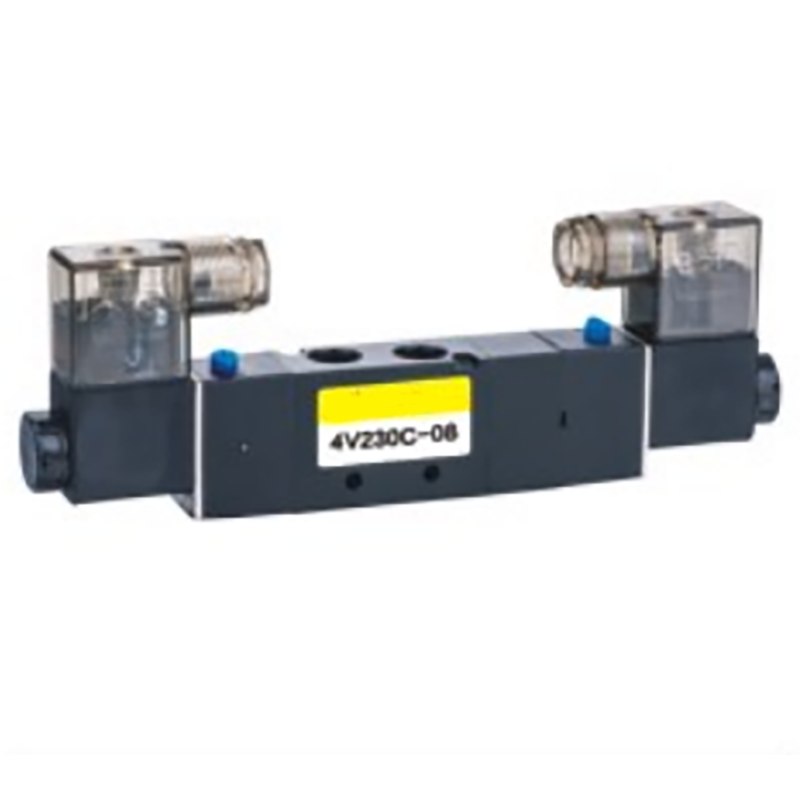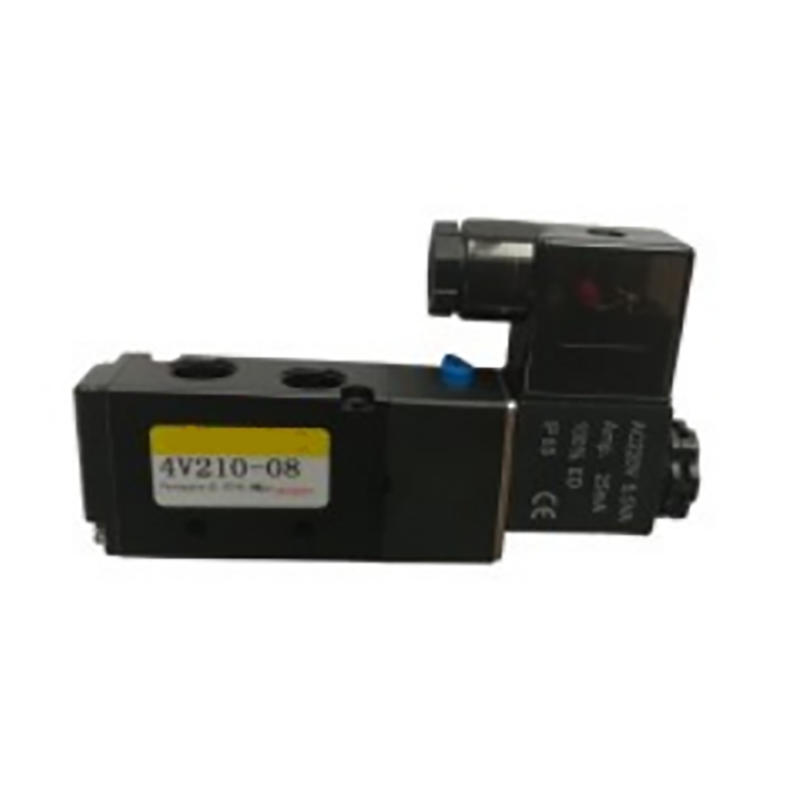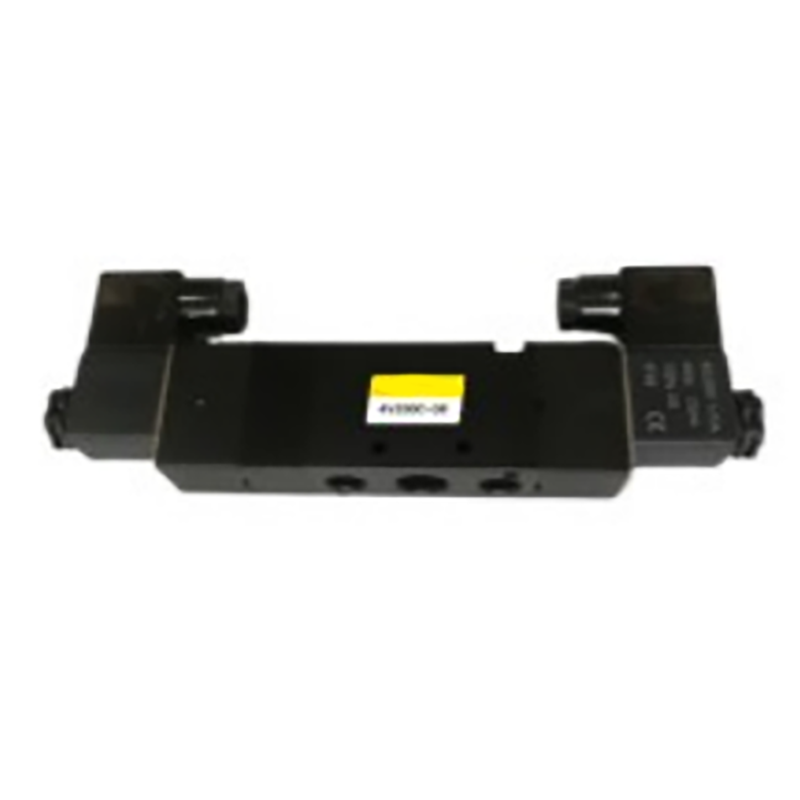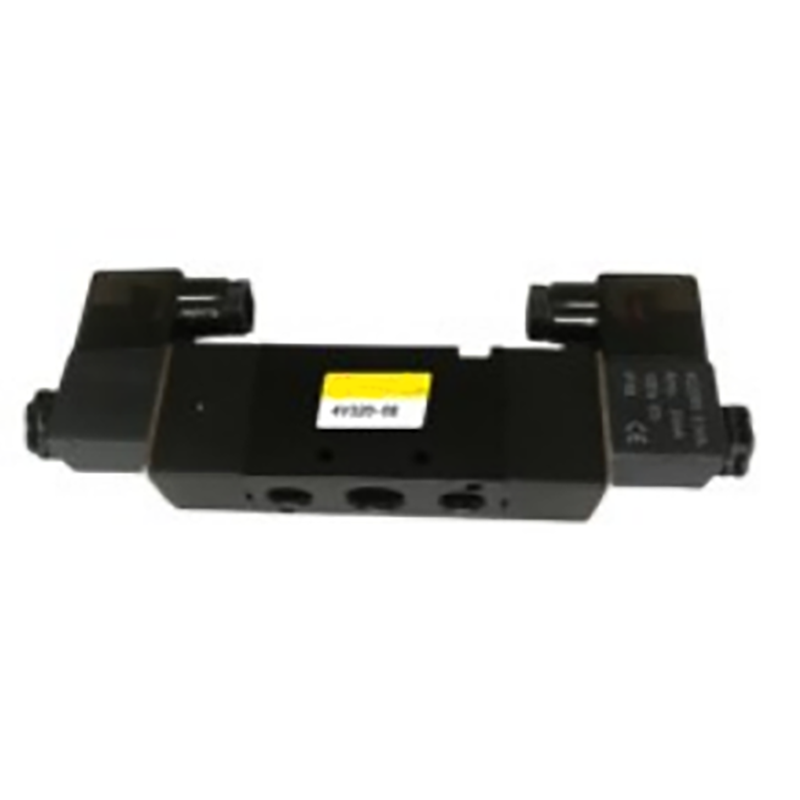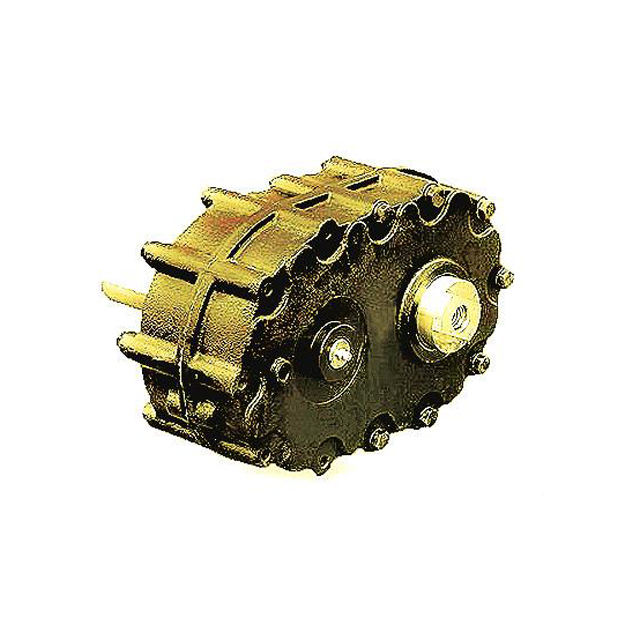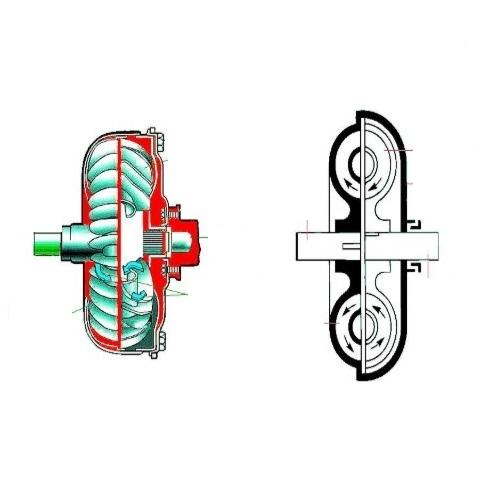- Home
- About Us
- Products
- Sprockets
- Chains
- Gearboxes
- Worm Gearbox
- Planetary Gearbox
- Helical Gearbox
- Cycloidal Gear Reducer
- Shaft Mounted Gearbox
- Stainless Steel Worm Gearbox
- Car wash gearbox
- Greenhouse gearbox
- Poultry Feeding Gearbox
- Cement Polishing Gearbox
- Cement Mixer Gearbox
- Concrete Mixing Gearbox
- Helical Geared Motor with Brake
- Harmonic Drive
- Bevel Gearboxes
- Agricultural Gearbox
- Feed Mixer Gearbox
- Fertilizer Spreader Gearbox
- Flail Mower Gearbox
- Rotary Rake Gearboxes
- Lawn Mower Gearbox
- Post Hole Digger Gearbox
- Rotary Cutter Gearbox
- Rotary Mower Gearbox
- Rotary Tiller Gearbox
- Square Baler Gearbox
- Round Baler Gearbox
- Snowblower Gearbox
- Parallel Gearbox
- Micro Tiller Gearbox
- Manure Spreader Gearbox
- Irrigation Reels Gearbox
- Grain Transportation Gearbox
- Hydraulic Drive Gearbox
- PTO Generator Gearbox
- Gearbox for Hay Tedders
- Cutter Bars Gearbox
- Angular Gearbox
- Agricultural Sprayer Gearbox
- Agitators Gearbox for Sewage
- Drive Shaft
- Gear & Racks
- Screw Jacks
- V pulley & Sheaves
- Timing pulleys
- Top Link
- Couplings
- Hydraulic Cylinder
- Forklift Hydraulic Cylinders
- Agricultural Machinery Hydraulic Cylinders
- Aerial Work Vehicle Hydraulic Cylinders
- Sanitation Machinery Hydraulic Cylinders
- Construction Machinery Hydraulic Cylinders
- Mobile Machinery Hydraulic Cylinders
- American Standard Series
- Offshore Hydraulic Cylinders
- Energy Technology Hydraulic Cylinders
- Tunnel Boring Machine Hydraulic Cylinders
- Telescopic Hydraulic Cylinders
- Industrial Engineering Hydraulic Cylinders
- Tractor & Front End Loader Hydraulic Cylinders
- Steering Hydraulic Cylinders
- Dump Truck & Trailer Hydraulic Cylinders
- Motors
- Ball Screw
- Bushing & Hubs
- Shaft Collar
- Applications
- Cases
- News
- Download
- Send Inquiry
- Contact Us
Language


